In an era where the battlefield expands beyond the reach of the human eye, military drones have emerged as pivotal tools in modern warfare. These unmanned aerial vehicles (UAVs), known for their stealth and precision, play crucial roles in surveillance, reconnaissance, and combat operations. They have transformed the tactics of warfare, allowing for operations that are not only more efficient but also minimize risk to personnel.
As technology evolves, so too does the capability of these drones, with the US military drone and others leading the way in innovative military strategies. With an increasing number of nations looking to bolster their defense capabilities with military UAVs, including everything from small military drones to larger combat drones, understanding the top contenders in this field is more important than ever.
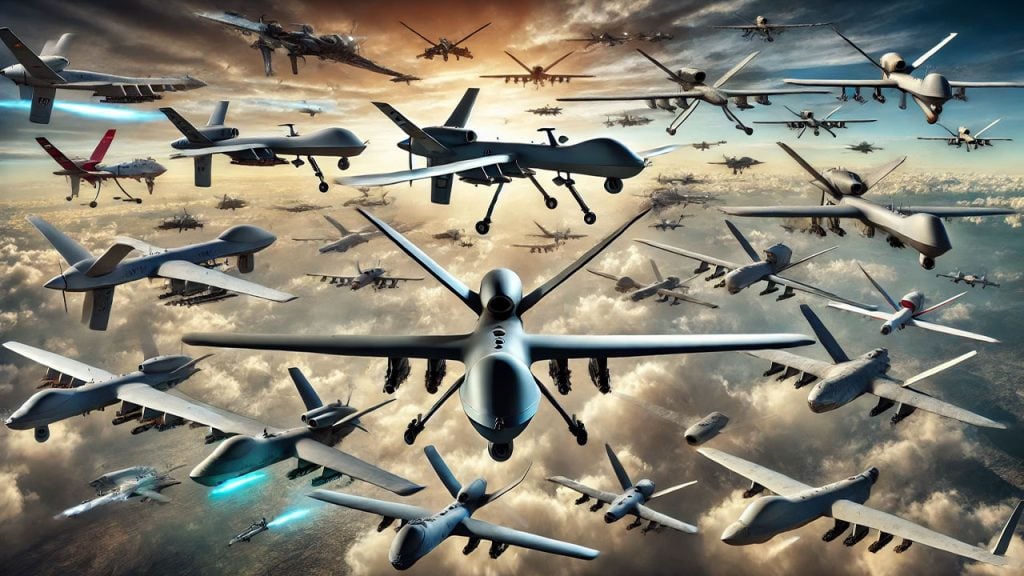
This article aims to provide a comprehensive overview of the top 10 military drones of 2024, examining their capabilities, features, and the roles they play in defense strategies worldwide. From the widely recognized MQ-9 Reaper to the cutting-edge technology of the RQ-4C Triton, each drone represents a significant advancement in military technology.
11 Most Elite US Special Forces and Their Roles
We will delve into not only US military drones but also international models like the Bayraktar TB2 and the Wing Loong II, showcasing a range of technologies that underline the global importance of UAVs in modern defense. Through this exploration, readers will gain insight into the evolving landscape of military drones and their critical role in shaping future warfare strategies.
1. MQ-9 Reaper
Overview
The General Atomics MQ-9 Reaper, sometimes referred to as Predator B, is a cornerstone of the U.S. Air Force’s arsenal, designed for high-altitude, long-endurance surveillance and precision strike missions. This unmanned aerial vehicle (UAV) is capable of remotely controlled or autonomous flight operations and represents a significant advancement from its predecessor, the MQ-1 Predator. Equipped with a robust 950-shaft-horsepower turboprop engine, the Reaper can carry 15 times more ordnance and operate at three times the speed of the MQ-1, making it a formidable asset in modern warfare.
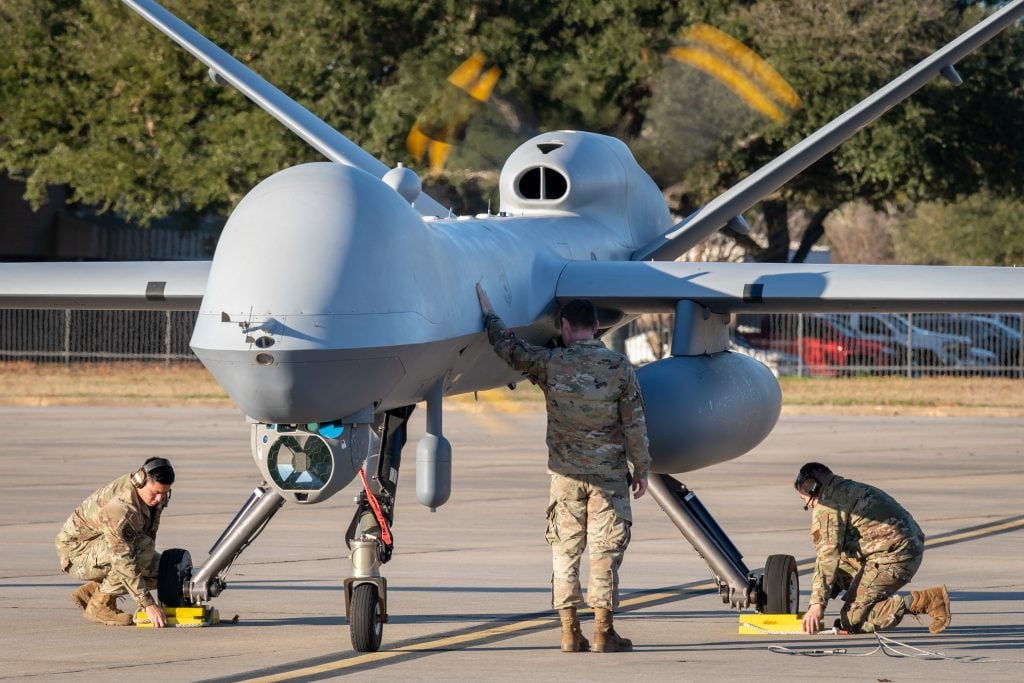
Capabilities
The MQ-9 Reaper is not only a surveillance drone but also a hunter-killer UAV equipped for dynamic and time-sensitive missions. It carries the Multi-Spectral Targeting System (MTS-B) which integrates multiple visual sensors for precise targeting, including an infrared sensor, color and monochrome daylight TV cameras, and a laser designator. The aircraft is capable of employing up to eight laser-guided Air-to-Ground Missile-114 Hellfire missiles, known for their accuracy and low collateral damage. Additionally, the Reaper can be fitted with external fuel tanks to extend its range and operational duration, further enhancing its capability to conduct continuous missions over extended areas.
Operational Uses
The MQ-9 Reaper’s operational flexibility allows it to perform a variety of critical missions. These include intelligence, surveillance, and reconnaissance (ISR), close air support, combat search and rescue, precision strike, and more. The Reaper’s ability to be rapidly reconfigured with different payloads makes it uniquely qualified for irregular warfare operations, supporting combatant commanders’ objectives across various theaters. Its ground control system, operated by a pilot and an aircrew member, enables effective command and control of the drone from remote locations, using both line-of-sight and over-the-horse communications. This remotely piloted aircraft system significantly reduces the risk to human life while providing persistent surveillance and strike capabilities.
10 Best Assault Rifles in the World
2. Global Hawk
Overview
The RQ-4 Global Hawk is a high-altitude, long-endurance, remotely piloted aircraft equipped with an integrated sensor suite that delivers global all-weather, day or night intelligence, surveillance, and reconnaissance (ISR) capabilities. Developed by Northrop Grumman and initially known as Tier II+, the Global Hawk serves as a cornerstone in the realm of ISR technology, providing broad-spectrum data collection to support joint combatant forces across a variety of missions.
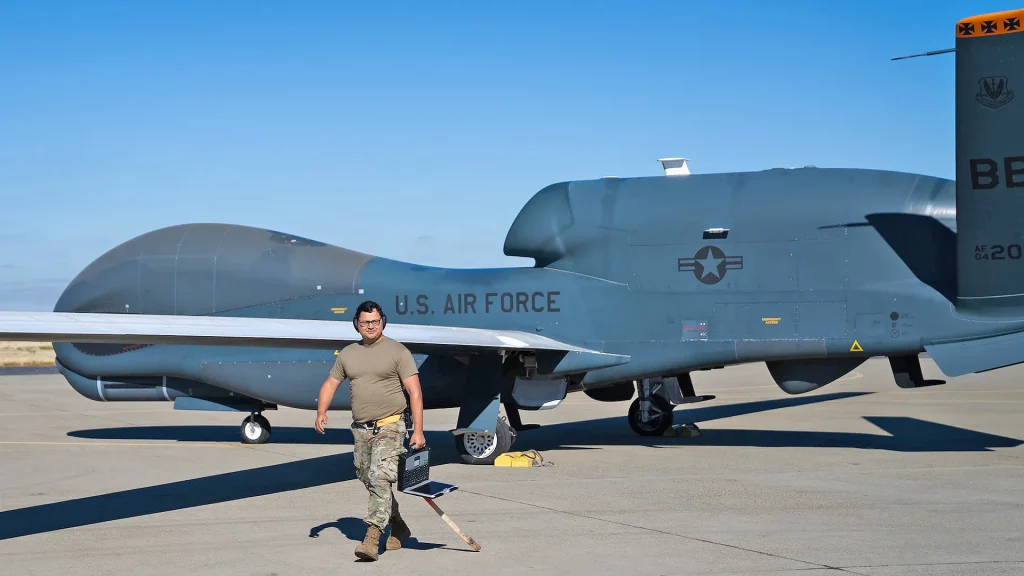
Capabilities
Global Hawk operates with a diverse array of sensors including imagery intelligence (IMINT), signals intelligence (SIGINT), and moving target indicators (MTI), allowing for persistent near-real-time coverage. It features several block configurations, each enhancing its capabilities:
- Block 20: Initially equipped with IMINT capabilities; some retrofitted as EQ-4 communication relays with the Battlefield Airborne Communication Node (BACN).
- Block 30: A multi-intelligence platform carrying electro-optical, infrared, synthetic aperture radar (SAR), and high and low band SIGINT sensors.
- Block 40: Incorporates the Radar Technology Insertion Program (RTIP) with an active electronically scanned array radar, providing enhanced SAR and MTI data.
Operational Uses
The Global Hawk’s design allows for exceptional flexibility in operation, thanks to its unmatched range and endurance of over 30 hours, which significantly exceeds that of traditional aircraft. This UAV is piloted remotely from a Launch and Recovery Element (LRE) and a Mission Control Element (MCE), which manage its extensive missions. These missions have included support in Operations Enduring Freedom and Iraqi Freedom, humanitarian efforts, and intelligence gathering in conflict zones like Libya and Japan. The aircraft’s ability to gather high-resolution imagery and relay communications supports not only military operations but also aids in disaster response and environmental monitoring, making it an invaluable asset in both military and civilian applications.
Top 9 Intelligence Agencies of USA United States of America
3. Bayraktar TB2
Overview
The Bayraktar TB2, developed by Baykar, represents a significant innovation in unmanned aerial vehicle technology. This Tactical Armed/UAV System integrates a comprehensive suite of solutions to meet various operational needs. It is a Medium Altitude Long Endurance (MALE) drone, designed to perform both Intelligence, Surveillance, and Reconnaissance (ISR) and armed attack missions. Notably, it is the first aircraft of its category to be exported internationally, highlighting its global impact and effectiveness.
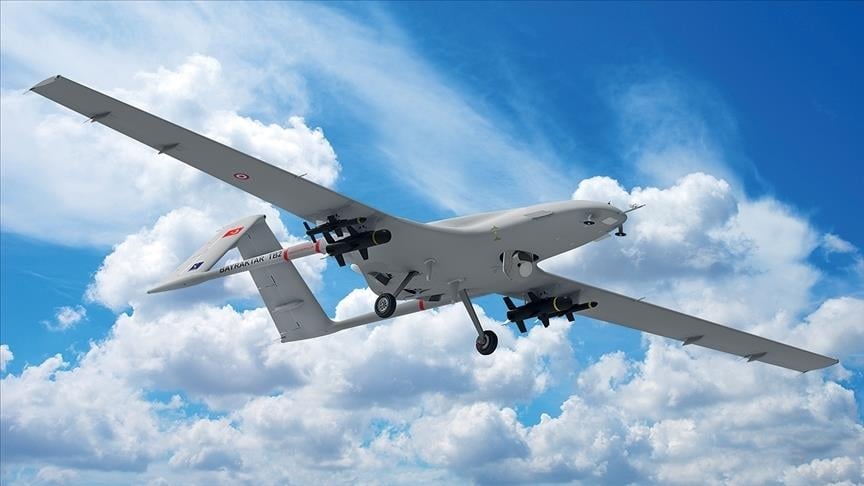
Capabilities
Bayraktar TB2 is equipped with a triple redundant avionic system and an advanced sensor suite that supports fully autonomous operations including taxiing, take-off, landing, and cruising. The drone can carry laser-guided munitions such as the Roketsan MAM-L and MAM-C under its four hardpoints. It features cutting-edge technology like the Osprey AESA radar and IFF transponders, enhancing its operational capabilities. The UAV’s fault-tolerant and redundant systems ensure high reliability and safety during missions.
Operational Uses
The Bayraktar TB2 has been actively employed in various conflict zones including Syria, Libya, and Nagorno-Karabakh, proving its capability in combat environments. Its ability to conduct precise strikes with minimal collateral damage makes it a valuable asset for military operations. The drone’s long endurance of up to 27 hours allows for extended missions, providing persistent aerial surveillance and reconnaissance. It has played a crucial role in neutralizing air defenses, radar installations, armored vehicles, and other high-value targets, solidifying its status as a “Combat Proven” UAV on the international stage.
10 Top Intelligence Agencies in the World
4. Wing Loong II
Overview
The Chengdu GJ-2, widely known as Wing Loong II, is a sophisticated unmanned aerial vehicle (UAV) developed by Chengdu Aircraft Industry Group in China. Unveiled at the Aviation Expo China in Beijing in September 2015, this UAV is designed primarily for surveillance, aerial reconnaissance, and precision strike missions. It represents an evolution from its predecessor, Wing Loong I, featuring a longer body and wider wingspan which enhances its operational capabilities.
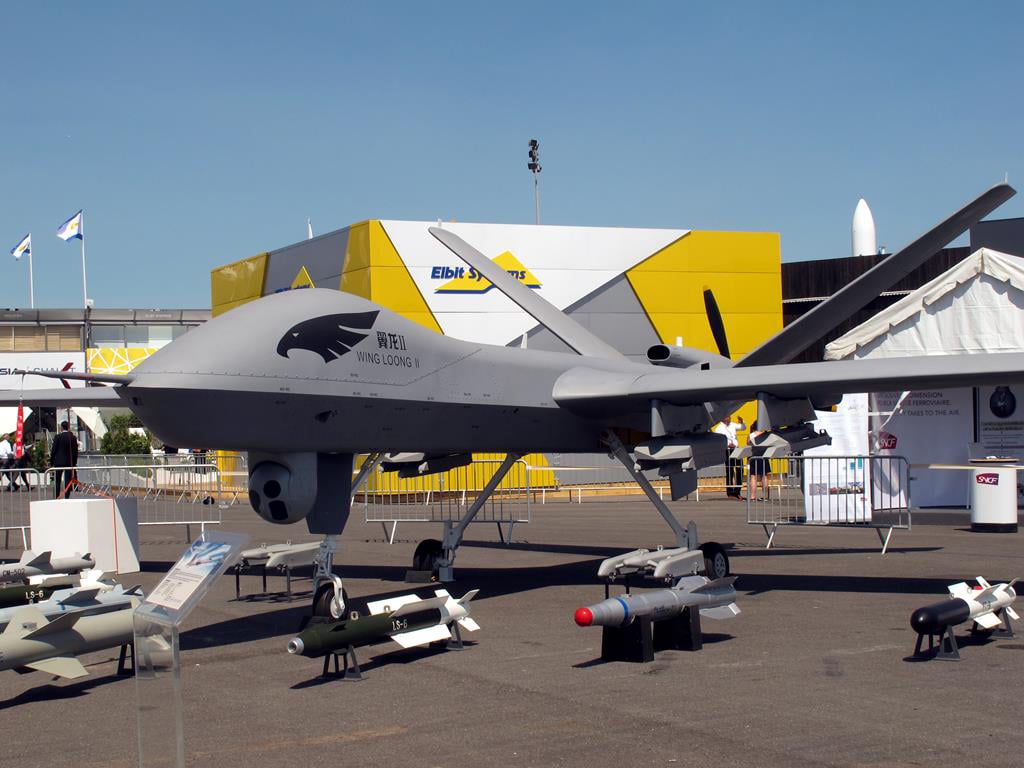
Capabilities
Wing Loong II is equipped with advanced technology that supports fully autonomous operations including taxiing, take-off, landing, and cruising. The UAV boasts a robust payload capacity, with three hardpoints under each wing capable of carrying bombs, rockets, or air-to-surface missiles. Notably, it includes a satellite communications antenna mounted on the fuselage for long-range data transmission. This UAV is powered by a turbocharged engine and can reach a maximum speed of 370 km per hour, with an operational radius of 1,500 km and a flight duration of up to 20 hours.
Operational Uses
Wing Loong II has been actively deployed in various military operations across the globe. It played a significant role in the Libyan civil war, where it was used by the UAE to perform airstrikes. Moreover, during the 2021 Henan floods in China, the Wing Loong II was crucial in conducting ground reconnaissance and communication relay services. Its versatility was further demonstrated in 2024 when Pakistan used these UAVs alongside JF-17s and F-16s for a strike within the Iranian border, showcasing its capability in integrated combat scenarios.
15 Best Aircraft Carriers in the World
5. Elbit Hermes 900
Overview
The Elbit Hermes 900 is a highly advanced unmanned aerial vehicle (UAV) designed and manufactured by Elbit Systems, an Israeli company renowned for its defense technology. This UAV is an evolution of the earlier Hermes 450 model, offering extended capabilities and performance enhancements. It is designed for medium altitude long endurance (MALE) missions, making it ideal for both military and civilian applications.
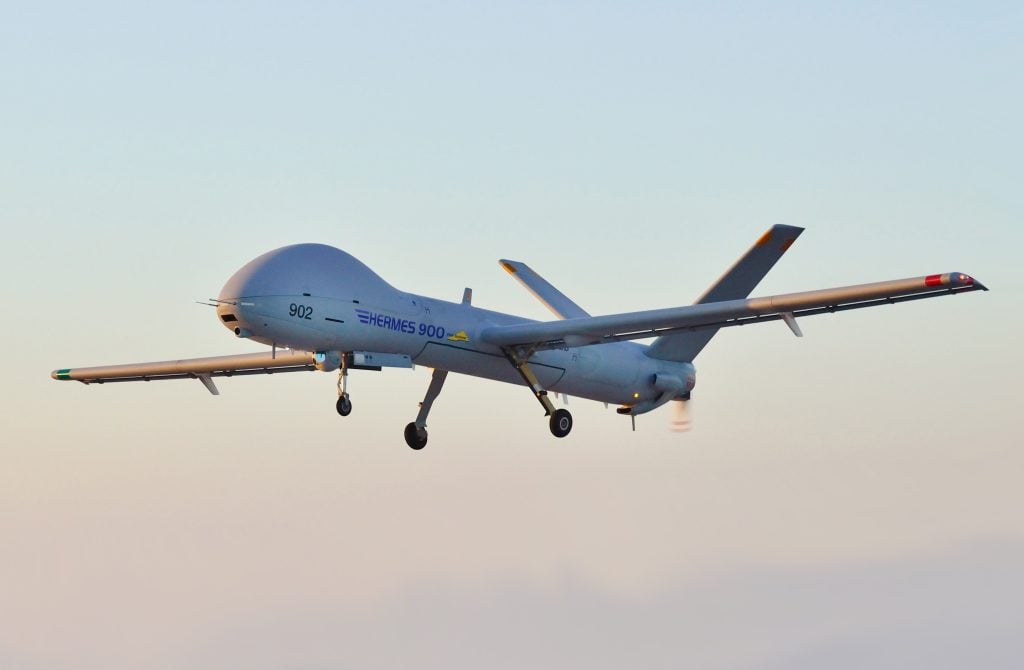
Capabilities
The Hermes 900 is equipped with state-of-the-art avionics and a powerful engine that allows it to operate at altitudes up to 30,000 feet. Its payload capacity is significant, enabling it to carry a variety of sensors and equipment, including electro-optical/infrared sensors, synthetic aperture radars, and signal intelligence systems. This UAV can stay airborne for up to 36 hours, providing extensive coverage and prolonged operational capability.
Operational Uses
In military contexts, the Hermes 900 performs a range of tasks from intelligence gathering and surveillance to target acquisition and reconnaissance. It has been actively deployed in various international missions, offering critical support in both peacetime and combat scenarios. Additionally, its capabilities are utilized in border patrol operations, environmental monitoring, and disaster management, showcasing its versatility across multiple domains. The UAV’s ability to integrate with other systems and platforms further enhances its effectiveness in complex operational environments.
Top 5 Fastest Missiles in the World
6. Heron TP
Overview
The Heron TP, developed by Israel Aerospace Industries (IAI), is a medium-altitude long-endurance (MALE) unmanned aerial vehicle (UAV) specifically designed for reconnaissance and surveillance missions. This UAV stands out due to its robust payload capacity and extended operational range, making it an integral tool in various military and civilian applications globally.
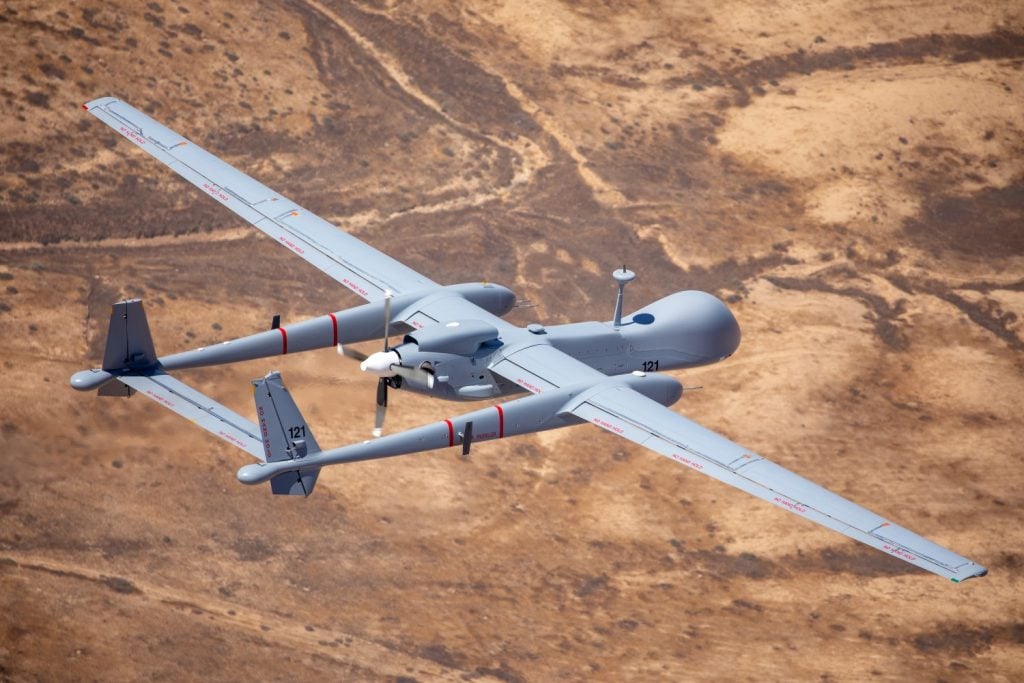
Capabilities
Equipped with a maximum takeoff weight of 5,670 kg (12,500 lb) and capable of carrying payloads up to 1,000 kg (2,200 lb), the Heron TP supports a wide array of sensors and systems. These include electro-optical/infrared (EO/IR) cameras, synthetic aperture radar (SAR), and advanced electronic warfare (EW) systems. The UAV’s design allows for a maximum endurance of up to 45 hours and an operational range of over 1,000 km (620 mi), enabling prolonged missions without the need for frequent redeployment.
Operational Uses
The Heron TP is utilized by several countries, including Israel, India, and Turkey, reflecting its versatility and reliability in various operational contexts. Its long endurance and high payload capacity make it suitable for a range of missions such as intelligence, surveillance, and reconnaissance (ISR), target acquisition, and battle damage assessment. Moreover, the Heron TP has been adapted for use in Germany under the designation German Heron TP (GHTP), enhancing the capabilities of the German Armed Forces with additional operational readiness and advanced performance for strategic intelligence and surveillance tasks.
11 Best Sniper Rifles in the World
7. CH-5 Rainbow
Overview
The CH-5 Rainbow, developed by China Aerospace Science and Technology Corporation (CASC), is a state-of-the-art medium-altitude long-endurance (MALE) unmanned combat aerial vehicle (UCAV). It made its first appearance in the skies during a maiden flight in Gansu province in August 2015. With a wingspan of 21 meters and a robust design, it is tailored for both reconnaissance and strike missions, offering a significant enhancement over its predecessors, the CH-3 and CH-4 drones.
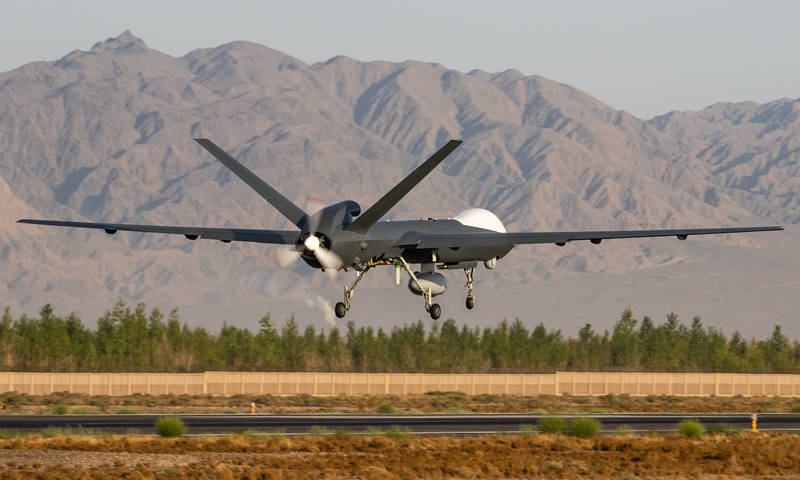
Capabilities
This advanced drone boasts a payload capacity of 1,000 kg and can operate with a maximum takeoff weight of over 3 tonnes. It is powered by a 330 horsepower heavy-fuel engine, which facilitates a remarkable endurance of up to 60 hours and a service ceiling of 9 km. The CH-5 is capable of carrying up to 16 missiles, including sophisticated armaments like the AR-1 and AR-2 missiles, which feature inertial guidance systems with terminal semi-active laser seekers. Plans are in place to extend its operational range from 10,000 km to potentially 20,000 km, enhancing its utility for extended missions.
Operational Uses
The CH-5 Rainbow has been actively integrated into the Iraqi Air Force, marking a significant development in their air capabilities. Its deployment is particularly effective in extended surveillance missions and precision strikes, making it a strategic asset in the ongoing fight against terrorism. The UAV’s ability to operate up to a range of 250 kilometers on a line-of-sight datalink, expandable to 2,000 kilometers with satellite communications, positions it as a formidable tool in modern warfare. Additionally, its compatibility with other UAVs in the CH series through a shared data link system allows for coordinated operations, increasing its effectiveness and strategic value.
8. MQ-4C Triton
Overview
The Northrop Grumman MQ-4C Triton represents a significant leap in unmanned aerial vehicle technology, designed specifically for maritime surveillance. This high-altitude, long-endurance system enhances the capabilities of the U.S. Navy and the Royal Australian Air Force by providing comprehensive real-time intelligence, surveillance, reconnaissance, and targeting (ISR&T) over vast oceanic and coastal regions. Its deployment marks a critical advancement in maintaining maritime domain awareness in an era of evolving security threats.
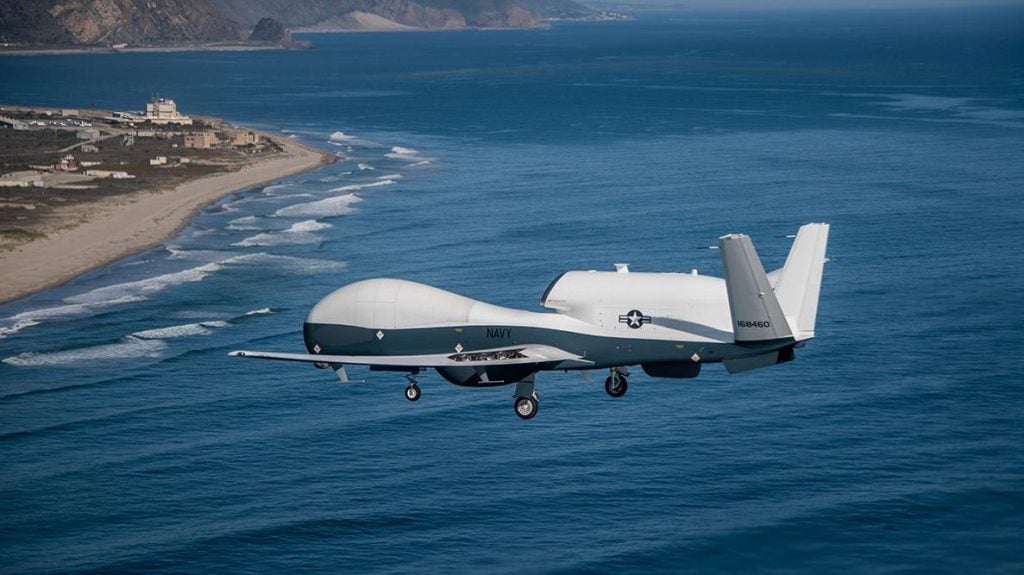
Capabilities
The MQ-4C Triton is equipped with a sophisticated 360-degree sensor suite that allows for extraordinary operational flexibility. It can operate at altitudes above 50,000 feet, far higher than commercial aviation and typical medium-altitude, long-endurance (MALE) aircraft. This capability enables the use of advanced sensors to optimize maritime domain awareness significantly. The Triton’s endurance and speed are tailored to extend its operational range, ensuring persistent surveillance and thus enhancing the ability to predict and respond to adversarial actions without risking crew lives.
Operational Uses
Since its early operational capability in May 2020, the MQ-4C Triton has been a cornerstone of the U.S. Navy’s ISR&T missions within the U.S. Indo-Pacific Command’s area of responsibility. With nearly 5,000 operational flight hours logged, the Triton supports critical maritime operations, coordinating closely with other naval assets like the P-8A Poseidon for comprehensive maritime surveillance. The integration of Tritons across the U.S. Navy’s 7th, 6th, and 5th fleets underlines its pivotal role in enhancing fleet commanders’ capabilities in the Indo-Pacific theater and beyond. Additionally, the collaborative data-sharing capability with the Royal Australian Air Force underscores its strategic value in global maritime operations.
9. TAI Aksungur
Overview
TAI Aksungur is a medium-altitude long-endurance (MALE) unmanned aerial vehicle (UAV), developed and produced by Turkish Aerospace Industries (TAI). Positioned as an alternative to the American-made MQ-9 Reaper, Aksungur represents an evolution from Turkey’s smaller UAV models. Since its first delivery on October 20, 2021, to the Turkish Naval Forces, it has also been deployed by the Turkish Air Force and the Kyrgyz Border Guard, with a total of 12 units delivered by 2023.
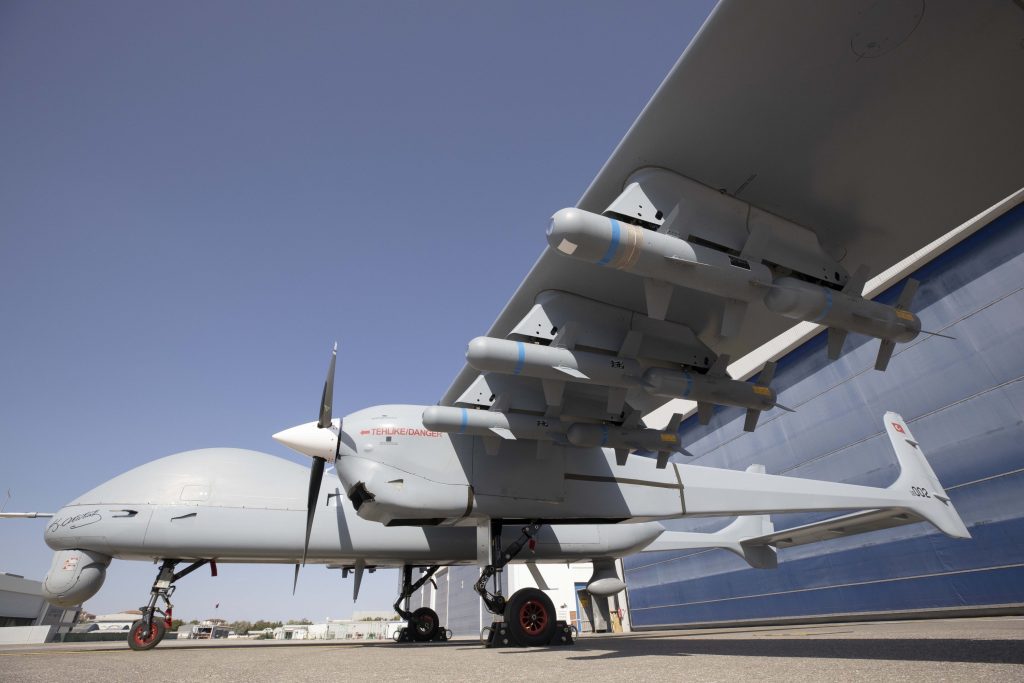
Capabilities
Aksungur stands out for its remarkable endurance, capable of flying up to 50 hours on a single mission, which is a significant advantage over many of its competitors. It is designed to perform a variety of roles, including intelligence, surveillance, reconnaissance (ISR), and it can also be armed for strike missions. The drone can carry a payload of up to 750 kilograms, including a range of munitions and sensors, allowing for a versatile operational profile.
Operational Uses
In service primarily with the Turkish military, Aksungur has been utilized in diverse operational scenarios. Its long endurance and high payload capacity make it suitable for extended surveillance missions, maritime patrol, and targeted strikes, which are critical for modern military tactics and border security operations. Its deployment with the Kyrgyz Border Guard highlights its effectiveness in maintaining border security and monitoring remote areas, demonstrating its adaptability to different geographic and strategic contexts.
10. Altair / Sokol Altius
Overview
The Altair or Sokol Altius, a medium-altitude long-endurance (MALE) UAV, has been in development under a Russian program since 2011. Although it experienced a long and turbulent development process, the UAV made its maiden flight in 2019 and was expected to be adopted by the Russian Air Force in 2021. Despite these plans, only three prototypes have been built, with limited updates on its progress post-2019. It’s important to note the distinction between “Altair” as the development program’s name and “Altius” as the name of the aircraft, though these names are frequently used interchangeably.
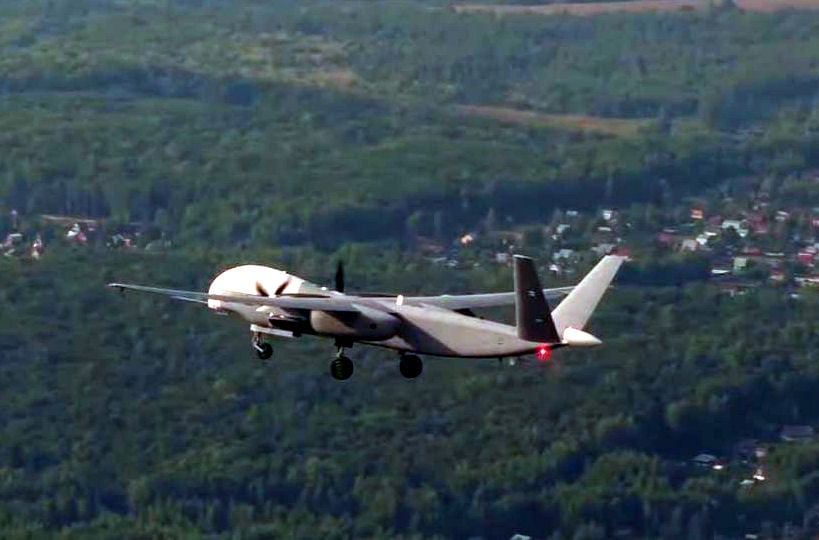
Capabilities
The Altius UAV boasts a substantial endurance capability, capable of operating for up to 24 hours without refueling. Its payload capacity is equally impressive, able to carry up to 1,000 kg. This makes it larger and heavier compared to many of its competitors, enabling it to undertake a wide range of missions with substantial equipment onboard.
Operational Uses
The operational uses of the Altius UAV, given its development stage, remain largely speculative but promising. Its extended endurance and high payload capacity position it well for a variety of military applications, including surveillance, reconnaissance, and direct combat roles through the delivery of munitions. The ability to carry heavy payloads also makes it suitable for advanced electronic warfare and signal intelligence missions, offering significant strategic value in modern warfare where information dominance is crucial.
Sukhoi S-70 Okhotnik-B (Special Mention)
Overview
The Sukhoi S-70 Okhotnik-B, Russia’s pioneering stealth combat drone, is a direct descendant of the earlier MiG Skat drone project. Featuring a design centered around stealth capabilities, it is equipped with an AL-31 turbojet engine, enabling it to achieve a top speed of up to 1,000 kilometers per hour. The drone’s considerable size allows it to carry nearly three tons of armament. With an impressive range of 6,000 kilometers, the Okhotnik-B is designed to perform long-range missions. As of now, there are two operational prototypes of the drone.
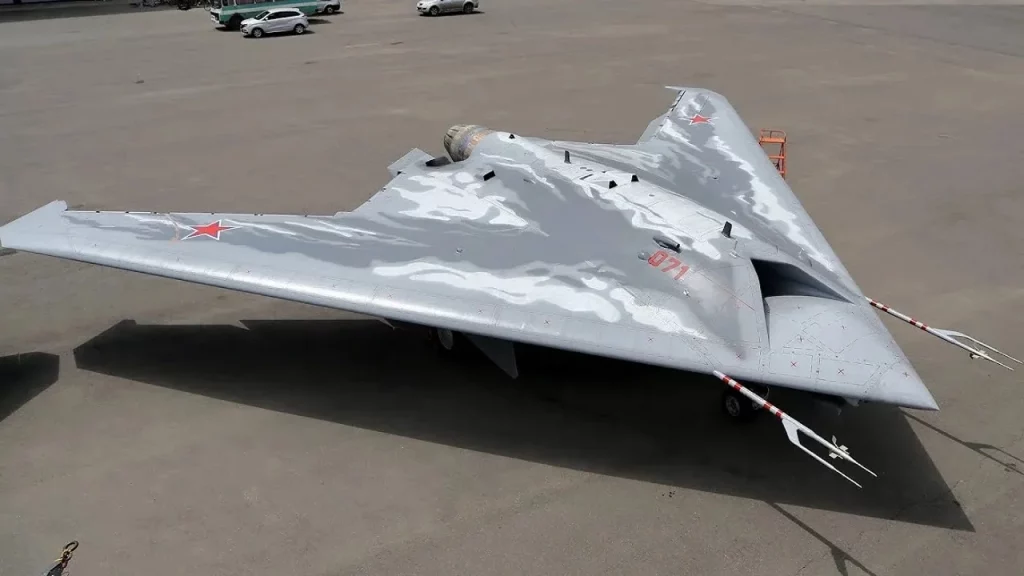
Capabilities
Okhotnik-B’s capabilities are highlighted by its stealth features, which make it less detectable to radar and other sensory equipment, a crucial advantage in modern aerial warfare. Its high speed and extensive range complement its ability to carry a large payload, including various types of munitions and possibly electronic warfare equipment. The drone’s robust design allows it to operate in a variety of combat scenarios, enhancing its versatility on the battlefield.
Operational Uses
Designed to operate in conjunction with the Su-57, Russia’s fifth-generation fighter jet, Okhotnik-B’s role extends beyond conventional drone tasks. It can serve as a force multiplier by performing high-risk combat missions without putting manned aircraft at risk. These missions include deep penetration strikes, reconnaissance, and surveillance in highly contested areas, and electronic warfare. The integration with the Su-57 allows for coordinated operations that leverage the strengths of both manned and unmanned platforms, potentially redefining aerial combat strategies. Okhotnik-B is expected to officially join the Russian Air Force by 2025, further enhancing its strategic air capabilities.
Conclusion
The exploration of the top military drones of 2024 provides an in-depth understanding of the advancements and strategic implementations of unmanned aerial vehicles (UAVs) in modern defense. These UAVs, including the MQ-9 Reaper, RQ-4 Global Hawk, Bayraktar TB2, and Wing Loong II, among others, signify a transformative era in military operations, providing unmatched capabilities in surveillance, reconnaissance, and precision strikes. Through detailed analysis of each drone’s features, operational uses, and technological innovations, this article has underscored their critical roles in enhancing national security and military efficacy on a global scale.
Their incorporation into various military strategies around the world reflects a shift towards more integrated, networked, and remotely operated defense mechanisms. The significance of these drones goes beyond mere technological marvels—they are vital assets that ensure superiority in intelligence and operational flexibility, vital for safeguarding interests and maintaining peace. As the landscape of warfare continues to evolve, the impact and importance of these drones are only set to increase, marking a new chapter in defense technology and strategy. The progression witnessed in the capabilities of these UAVs not only opens new avenues for further research and development but also solidifies the role of unmanned systems in future military operations, promising a safer and more effective approach to modern warfare.
FAQs
1. Which military drone is currently the most advanced in the world?
MQ-9 Reaper, Also known as the Predator B, this drone is designed for long endurance, high altitude surveillance, and strike missions.
2. What are the most intimidating military drones currently in use?
The top ten most feared military drones are: MQ-9b Sky, Sukhoi S-70, Okhotnik-B, Gongji-11 Sharp Sword, TAI Aksungur, MQ-20 Avenger, Kratos XQ-58 Valkyrie, Northrop Grumman X-47B, EADS Barracuda.
3. Who are the leading manufacturers of military drones?
The top military drone manufacturers include: Northrop Grumman Corporation (US), Raytheon Technologies Corporation (US), Israel Aerospace Industries Ltd. (Israel), General Atomics Aeronautical Systems (GA-ASI) (US), Teledyne FLIR LLC (US).
4. Which is the premier military drone of the United States?
The MQ-9 Reaper is considered the US’s best military drone, noted for its extensive modifications, numerous operators, and millions of flight hours, playing a pivotal role in modern drone warfare and sparking numerous controversies.

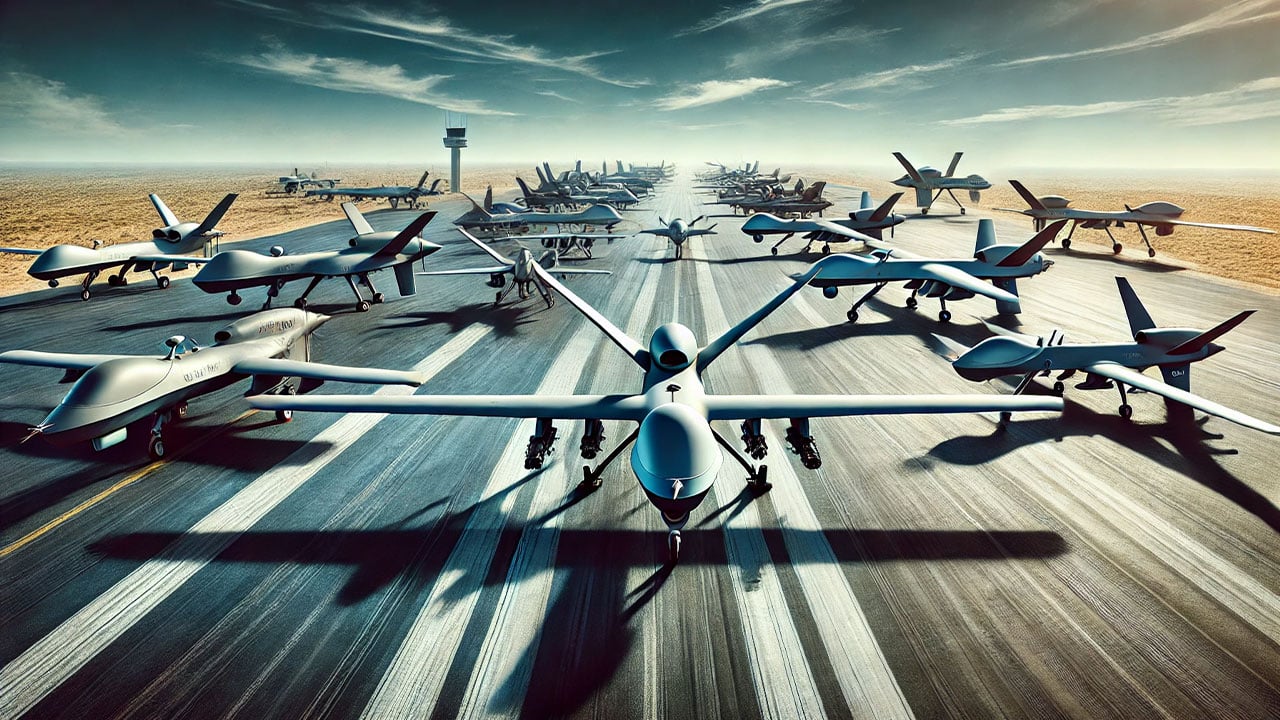

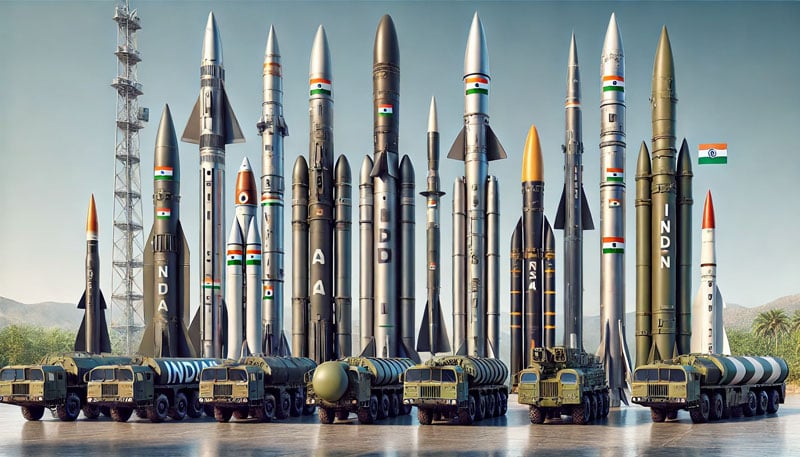

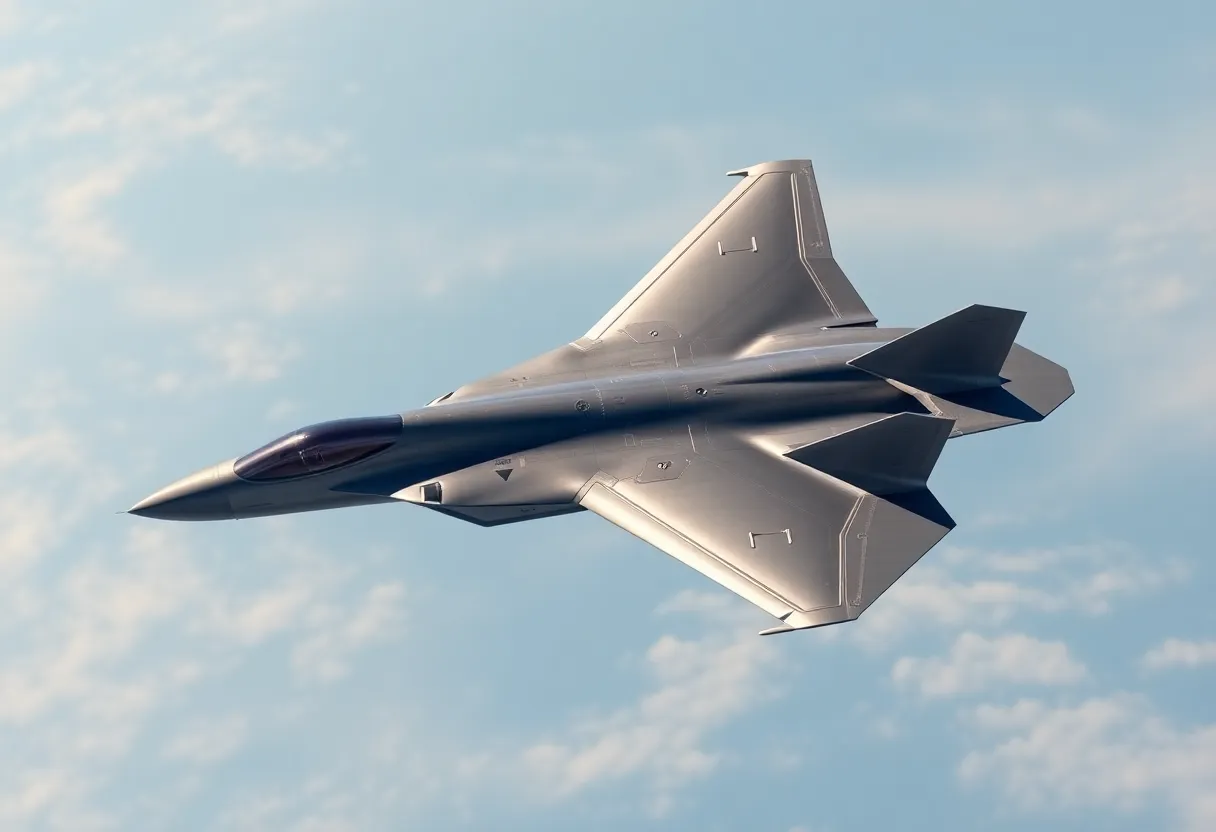

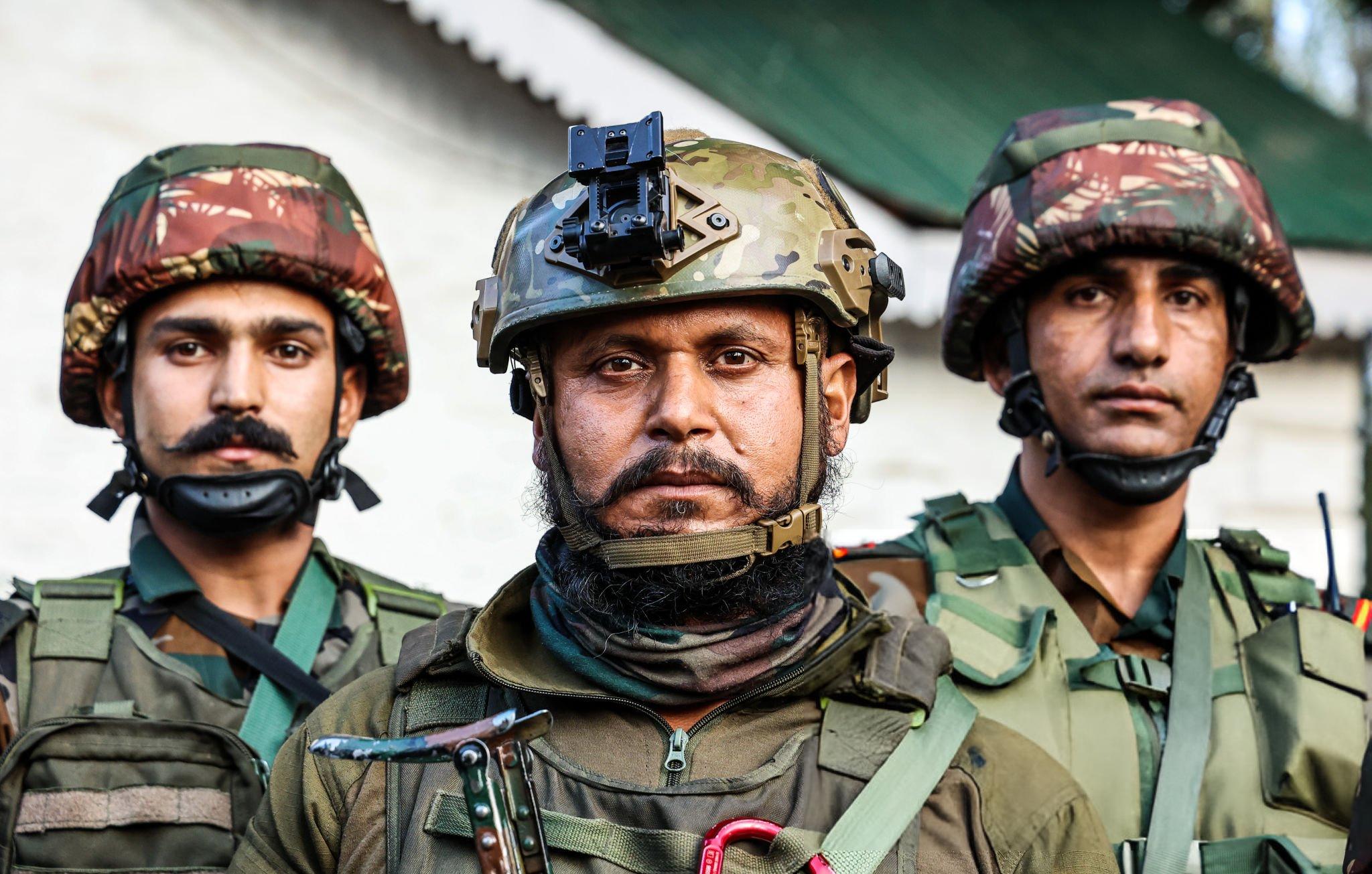
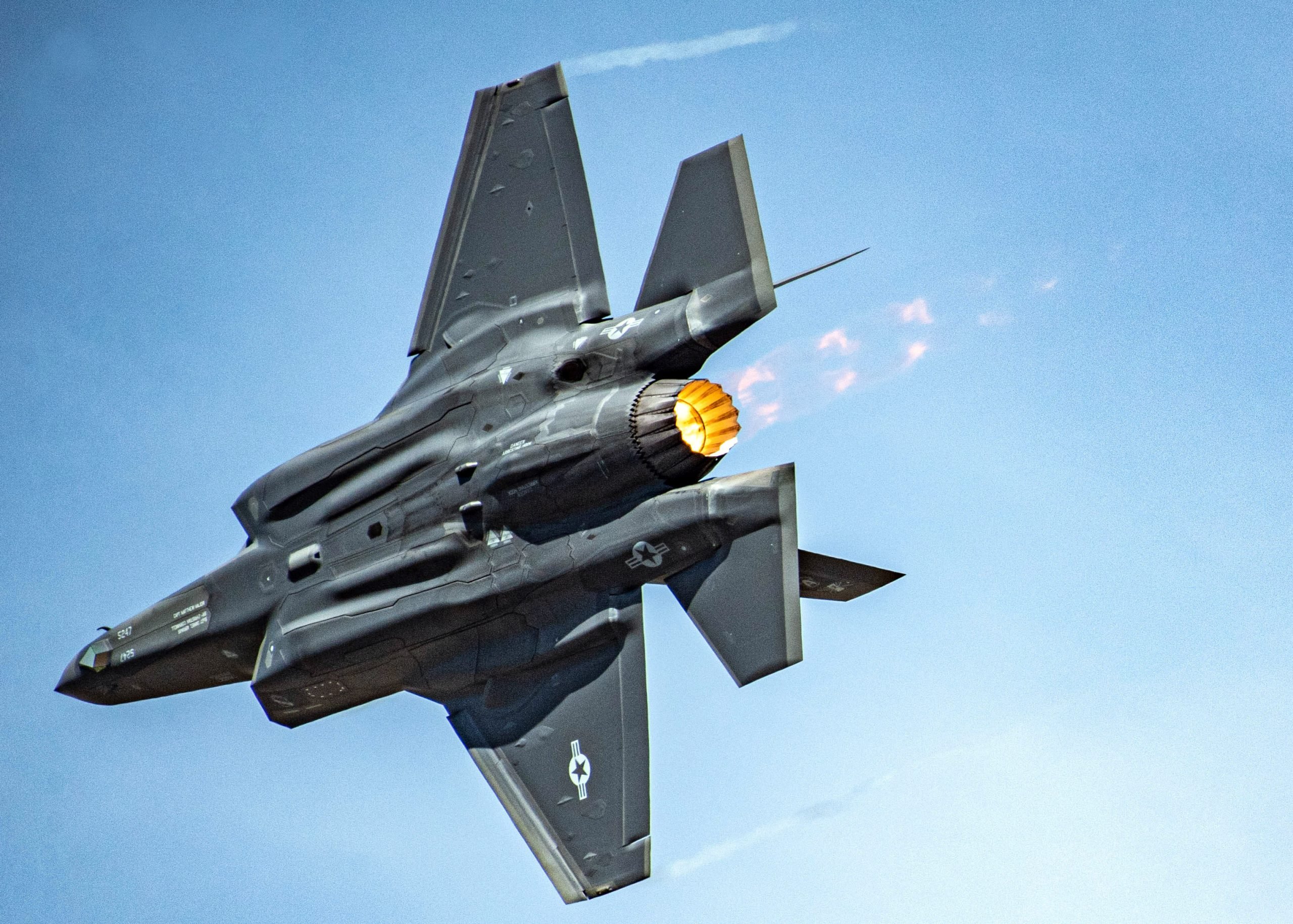


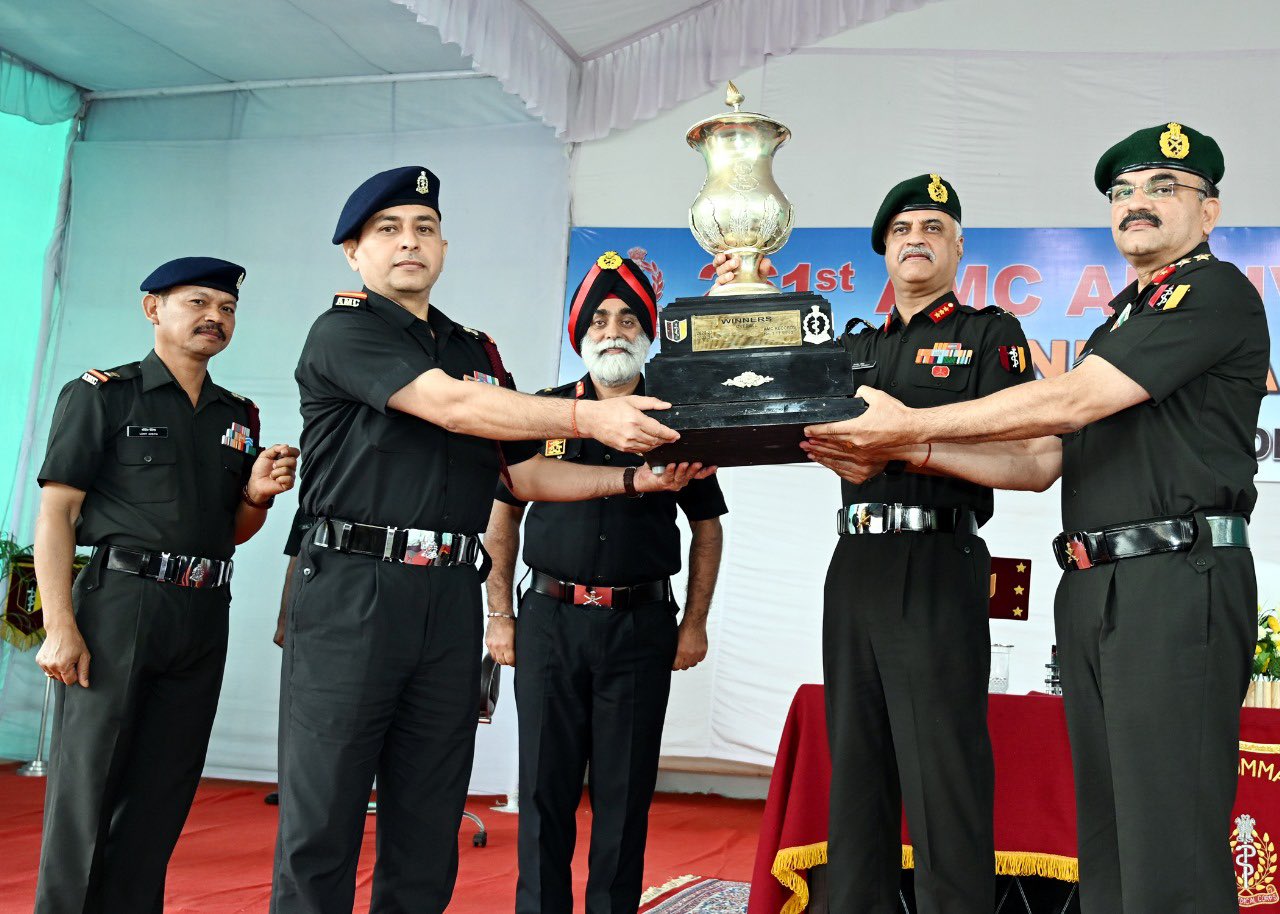




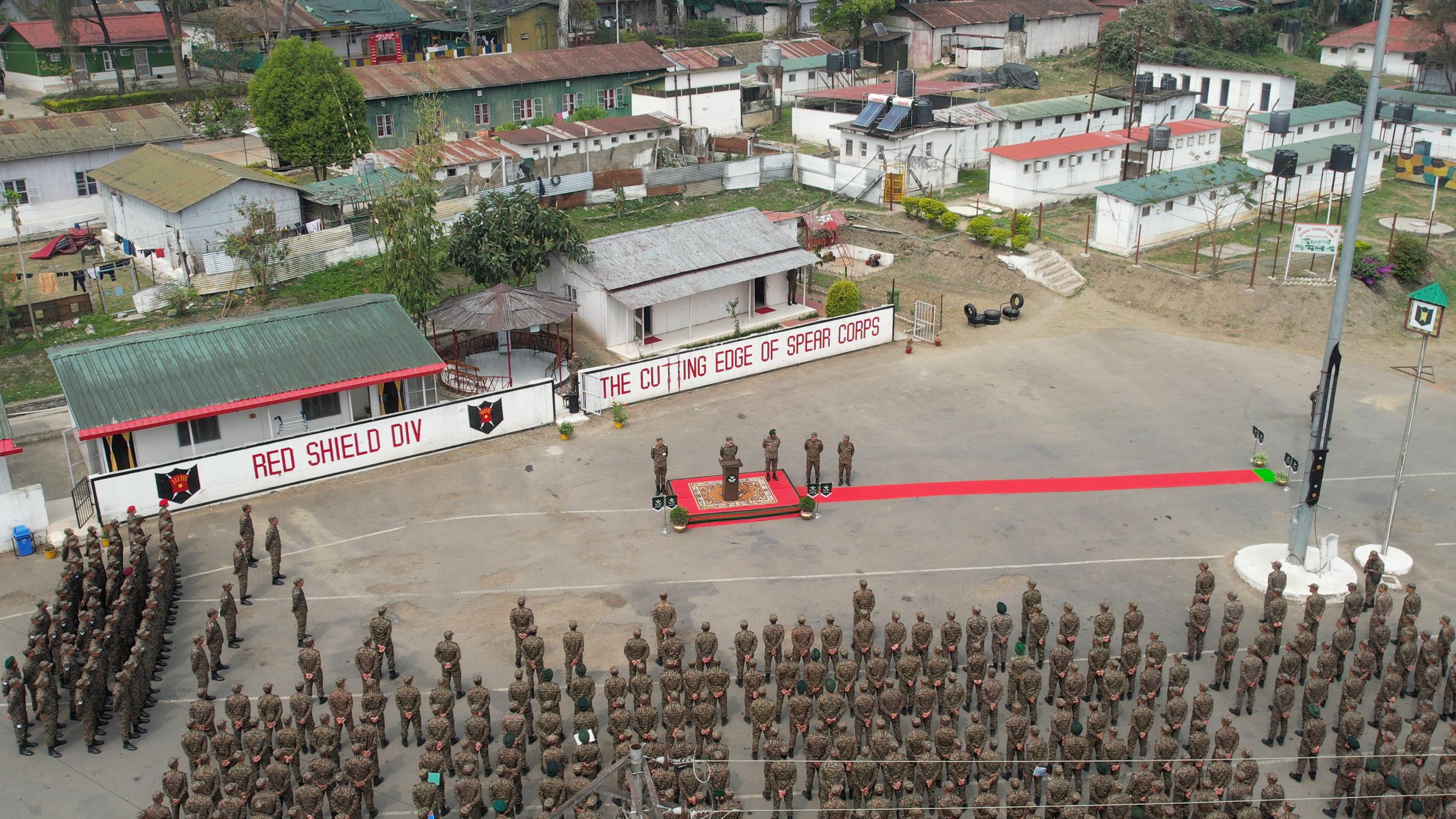
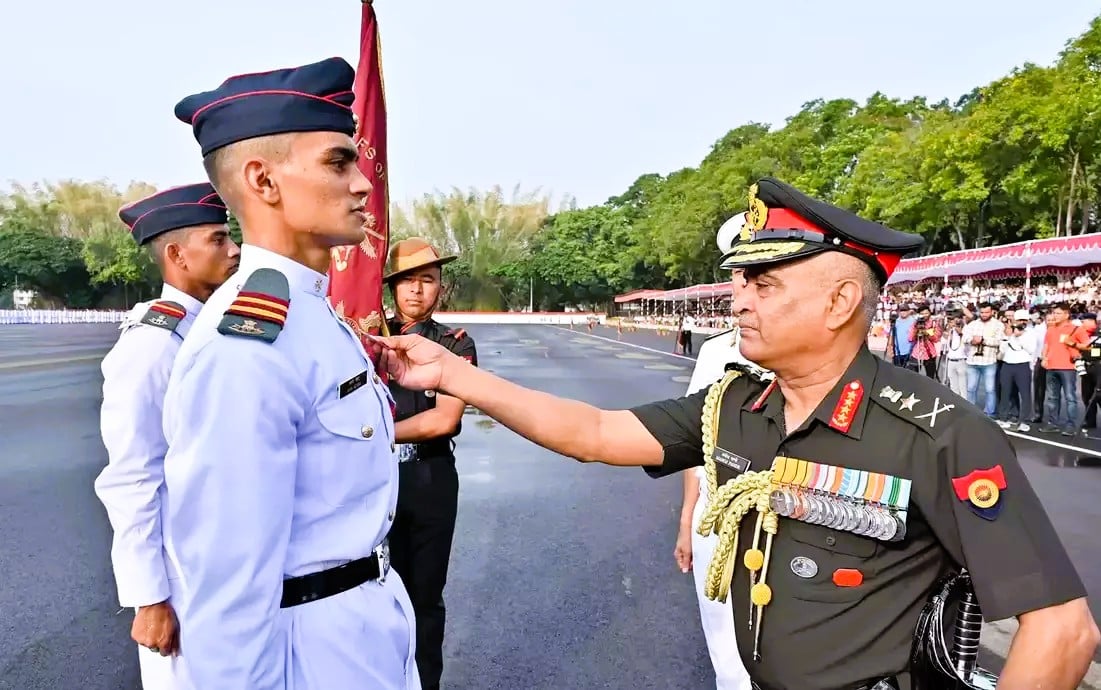

shahed-136
shahed-238
shahed-129
simorgh
shahed-149
karrar
arash-2
correct 💯